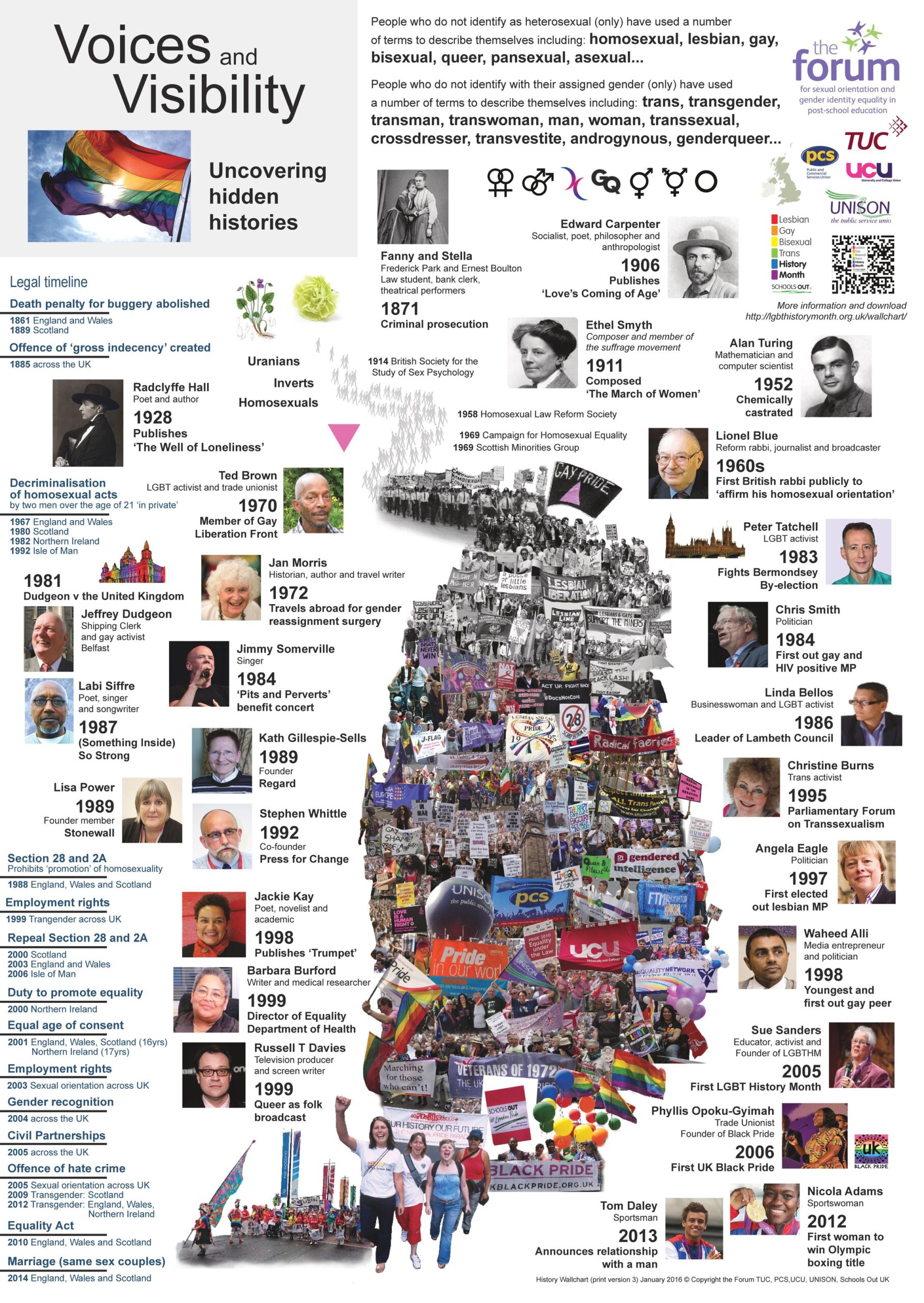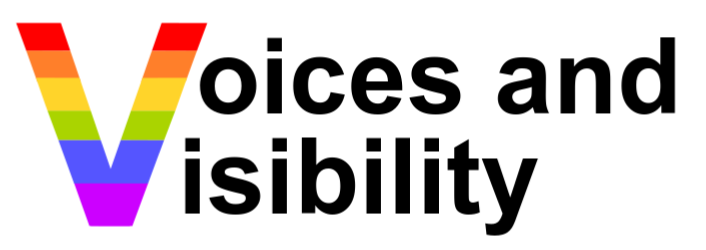Symbols
Unicode Symbols
Lesbian Woman
Venus symbol. The symbol for a female organism or woman.

is the standard symbol for a female. This symbol comes from astrology, where this symbol symbolises the classical planet of Venus. The symbol is often considered to be a pictorial representation of a bronze mirror with a handle, which signified the greek goddess of Aphrodite (or Venus as she was known in Roman times).

Gay Man

Bisexual
The bisexual moon symbol was created to avoid the use of the Nazi-originated pink triangle.
The bisexual symbol derived from the Nazi-originated pink triangle, featured two interlocking inverted triangles. One triangle was coloured pink and the other blue. The pink triangle was derived from the Nazi-originated pink triangle, representing homosexuality, and the blue triangle was thought to represent heterosexuality. Where the two colours intersected there would be a purple/violet triangle. The colour lavender has been associated with homosexuality for almost a century.
It is also thought by some that pink represents attraction to females, blue to males, and lavender to both.
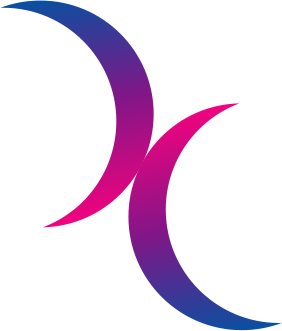
Asexual, Intersex
A neutrois or neuter symbol. Based on Venus and Mars symbols, but with no prongs. It is the symbol used on the yellow and purple intersex flag

Intersex, Transgender
This transgender symbol is based only on the male and female symbol being linked. Sometimes it is used to symbolise transgender.

Non Binary
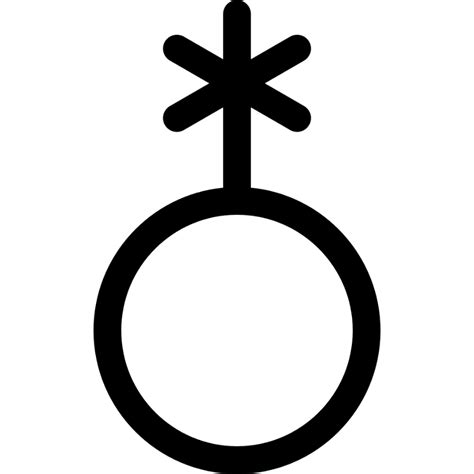
When the wallchart was created symbols for genderqueer and non binary people were just emerging.
is the symbol used to represent genderqueer on the wallchart. Since 2013 that symbol has not been widely used. It is more common to see the two symbols below used to represent both non binary and genderqueer people.
The use of the ‘x’ follows the rise of use of the letter x to represent non binary people both legally and in titles. The x is deliberately placed in a different position to the male and female arrows to show a different from them.


Transgender

Green Carnation
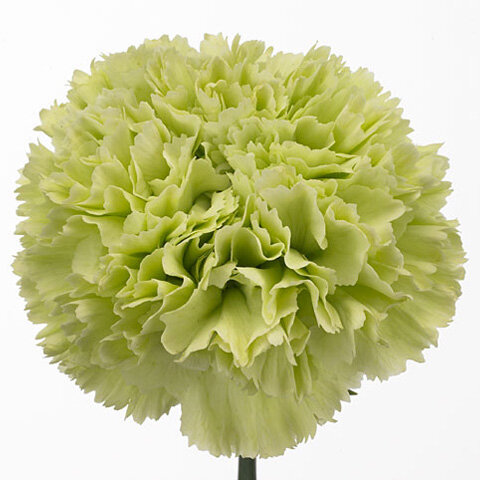
The Green Carnation, is closely linked with the famous playwright and well-known Victorian poet and playwright Oscar Wilde.
In 1894, a novel published anonymously created scandalous effects. This novel was first attributed to Oscar Wilde, but was later rightfully credited to Robert Hitchens. However, the lead characters were closely based upon Oscar Wilde and his then lover Lord Alfred Douglas – also known as “Bosie”. Despite being quite scandalous for the time, due to the themes of gay love, the novel was an instant success in the U.K.
The book was withdrawn from circulation in 1895, but by that time the damage had been done. Wilde soon stood two consecutive trials for gross indecency and was sentenced to two years at hard labour. The Green Carnation was one of the works used against him by the prosecution.
In the letter Wilde wrote:
Sir. Kindly allow me to contradict, in the most emphatic manner, the suggestion, made in your issue of Thursday last, and since then copied into many other newspapers, that I am the author of The Green Carnation. I invented that magnificent flower. But with the middle-class and mediocre book that usurps its strangely beautiful name I have, I need hardly say, nothing whatsoever to do. The Flower is a work of Art. The book is not.
An ‘unnatural’ colour for a flower, it has also been suggested that this may have been Wilde’s subtle way of mocking the suggestion that love between two men might be ‘unnatural’ too. It has since been thought of as a code – a badge of homosexuality that only those in the know would know. This trend continued into the early twentieth century as an early version of the ‘hanky code’. Although Oscar Wilde never confirmed that this was the true meaning of the green carnation, some claim that this phrase plays well with one of Wilde’s favourite ideas: ‘nature should imitate art, and not the reverse’.

Viola
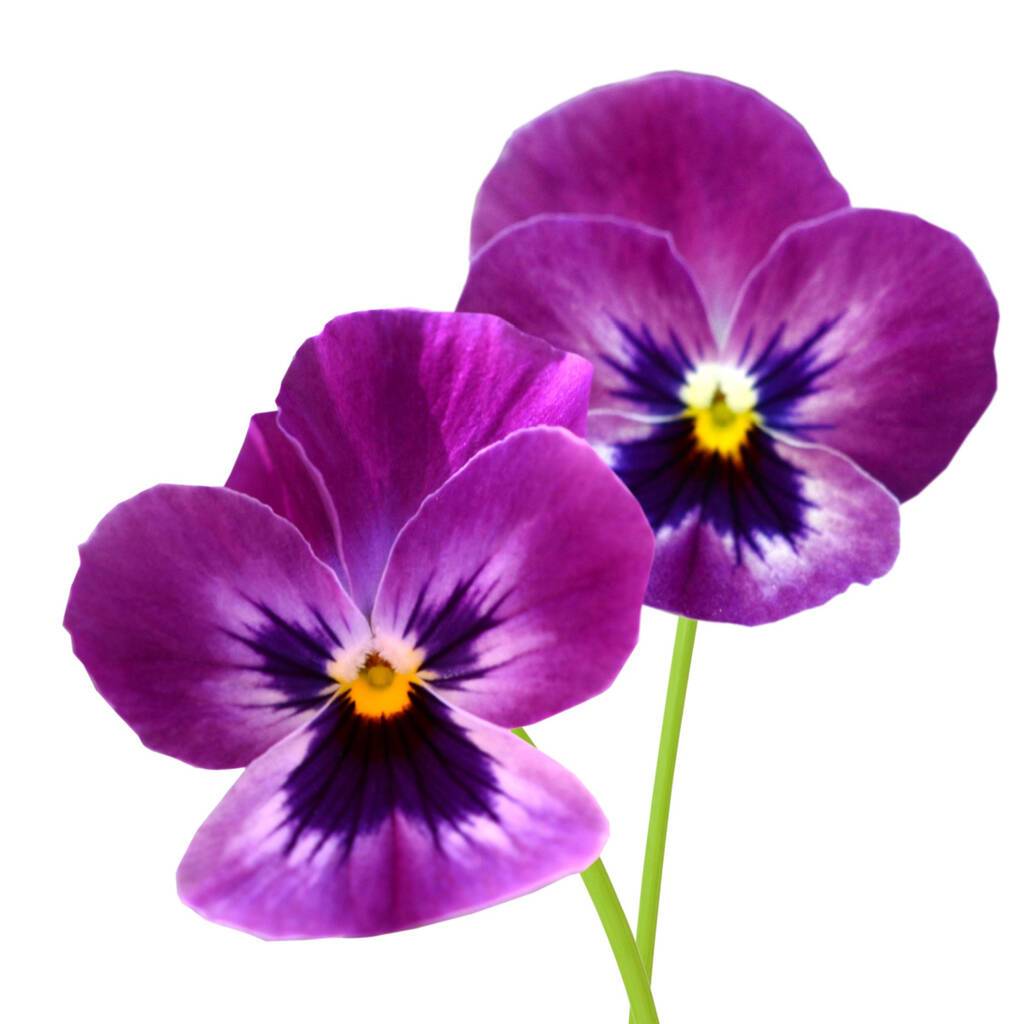
Dating all the way back to the 600s BC, violets have been used as a symbol of lesbian love. The Greek poet Sappho, best known for her lyric poems about love and women, described herself and a lover wearing garlands of violets;
If you forget me, think
of our gifts to Aphrodite
and all the loveliness that we sharedall the violet tiaras
braided rosebuds, dill and
crocus twined around your young neckSappho
In honour of Sappho, lesbian women in the mid-20th century would give violets to women they were wooing, indicating their ‘Sapphic desire’. These were time when it wasn’t easy or accepted to say so in a more overt manner. And, though the historic origins of the violet as a symbol of women liking women may have faded, the colour purple is still often associated with homosexuality, particularly in the naming of the Lavender Menace and in the use of the term “lavender lads” to describe gay men during the “Lavender Scare” in the 1950s in the U.S.
Pink Triangle
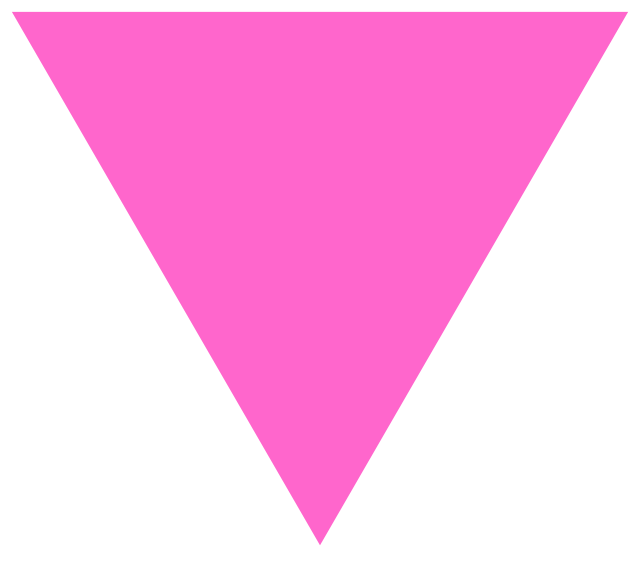
The pink triangle is seen as a symbol for gay power and pride, however, it was originally intended as a badge of shame. In Nazi Germany, a downward-pointing pink triangle was sewn onto the shirts of gay men in concentration camps—to identify and further dehumanize them.
Similar to people of the Jewish faith, who were forced to identify themselves with yellow stars, gay men in concentration camps had to wear a large pink triangle. If you were Jewish and gay, a pink triangle would be superimposed on a yellow triangle. Other symbols included brown triangles were used for Gypsies, red for political prisoners, green for criminals, blue for immigrants, purple for Jehovah’s Witnesses and black for “asocial” people, including prostitutes and lesbians.
It wasn’t until the 1970s that activists would reclaim the symbol as one of liberation.
Rainbow Flag
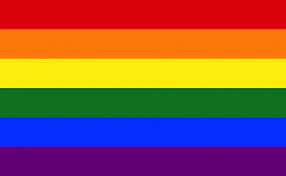
The most known symbol associated with the LGBT+ movement is the rainbow flag. The rainbow flag, known also as the rainbow Pride flag was designed in 1978 by Gilbert Baker for the San Francisco Gay Freedom Celebration. However the flag has since gone on to represent the wide spectrum of marginalised persons and sexualised identities around the world, especially in their effort for recognition, self-empowerment and equal rights. The flag is not a true rainbow, instead all the colours are depicted as horizontal stripes.
The original flag had eight colours, Pink which symbolised sexuality, Red for life, Orange for healing, Yellow for the sun, Green for nature, Turquoise for art, Indigo for harmony and Violet for the spirit. The next version of the flag removed the pink due to a shortage of fabric. The contemporary version, which has been used since 1979 is a six-stripe version where the Turquoise and Indigo were changed into a single stripe of Royal Blue.
So, the new flag now goes as follows;
Red= Life,
Orange = Healing,
Yellow = Sunlight,
Green = Nature,
Royal Blue = Harmony,
Violet = Spirit.
To read more about the many different flags used across the LGBT+ spectrum of communities, please click here.
